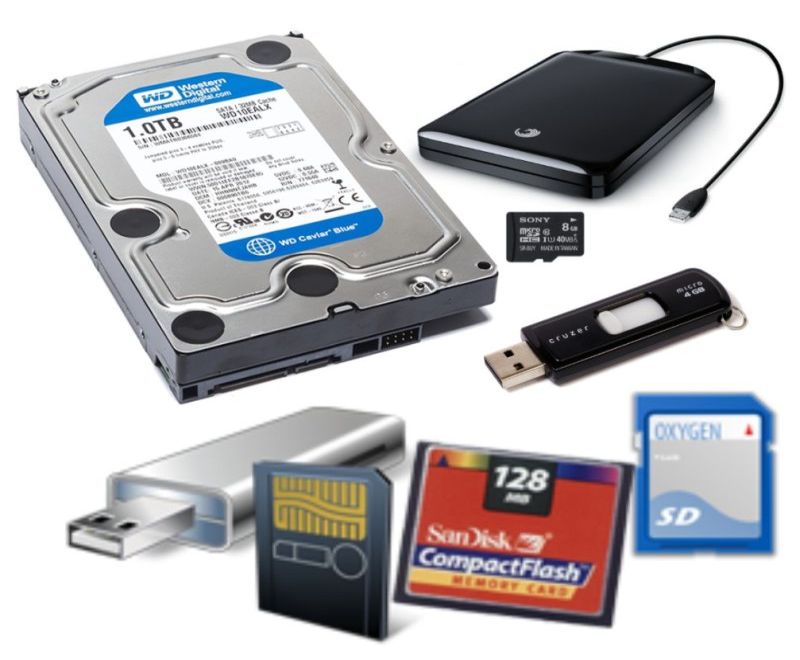The IBM, which works hand in hand with Edmonton data recovery companies to monitor and resolve any data related mishaps, have stumbled on this year’s most creative way of doping banks of money. The little trojans that have been sucking money out of 24 banks across Canada and the US have been recorded to take more than four million dollars in the short number of days they were in execution. The use of malware to siphon money illegally from banks is not a new concept; more than enough times there has been successful operations of this nature and they leave holes in bank’s money silos. They all get caught however, and the trend seems to overlap into the story of this version of trojans, the GozNym.

We are still in the first quarter, but GozNym has attacked as many establishments as other malware of its nature would in a period of two years. The X-Force division of IBM’s cyber security research and solution department attributes the fast success of the trojan to its development. Apparently the developers behind the stealthy trojan that has been giving Edmonton data recovery experts a run for their money is an infusion of previous successful trojans’, the Gozi and the Nymaim. That they created is not looking too pretty, the results speak volumes.
The extent of the Trojan’s damage has not been limited to the American side of the world, a reputable source revealed that the Europeans banking sector was also in hot soup and so is the Asian market. Just like the trojan’s cousin, the ransomware, there is no discrimination when it comes to the targets. For the first time on the radar of trojans targeting banks, they are eying electronic transaction platforms and credit unions. This means, just like with the situation where ransomware gets everyone under threat, everyone is in trouble again. In the Asian and European target sphere the primary targets have been recognized as banks that have american ties or origins.
How the malicious files are getting into their target systems makes the range of attacks wider, using simple file attachments and links found hidden on financial institutions’ websites, they have been able to launch over 70% active campaigns. The net is spread wide, and given the trojan has taken on the same flame speed that is similar to ransomware, chances are all continents will be covered by end of the first financial half and more campaigns taking more money that we would like to discuss.
Edmonton data recovery companies have warned that since data is all the attackers need in order to infiltrate user’s accounts and made a dent in the treasury’s figures. When this happens to the most perfect situation for the hackers, millions of money and thousands of user’s information leak out of the banks. Advice from experts recommends taking some nodes on the network off the internet, they are not only entry points, but exit opportunities for attackers to take advantage of.